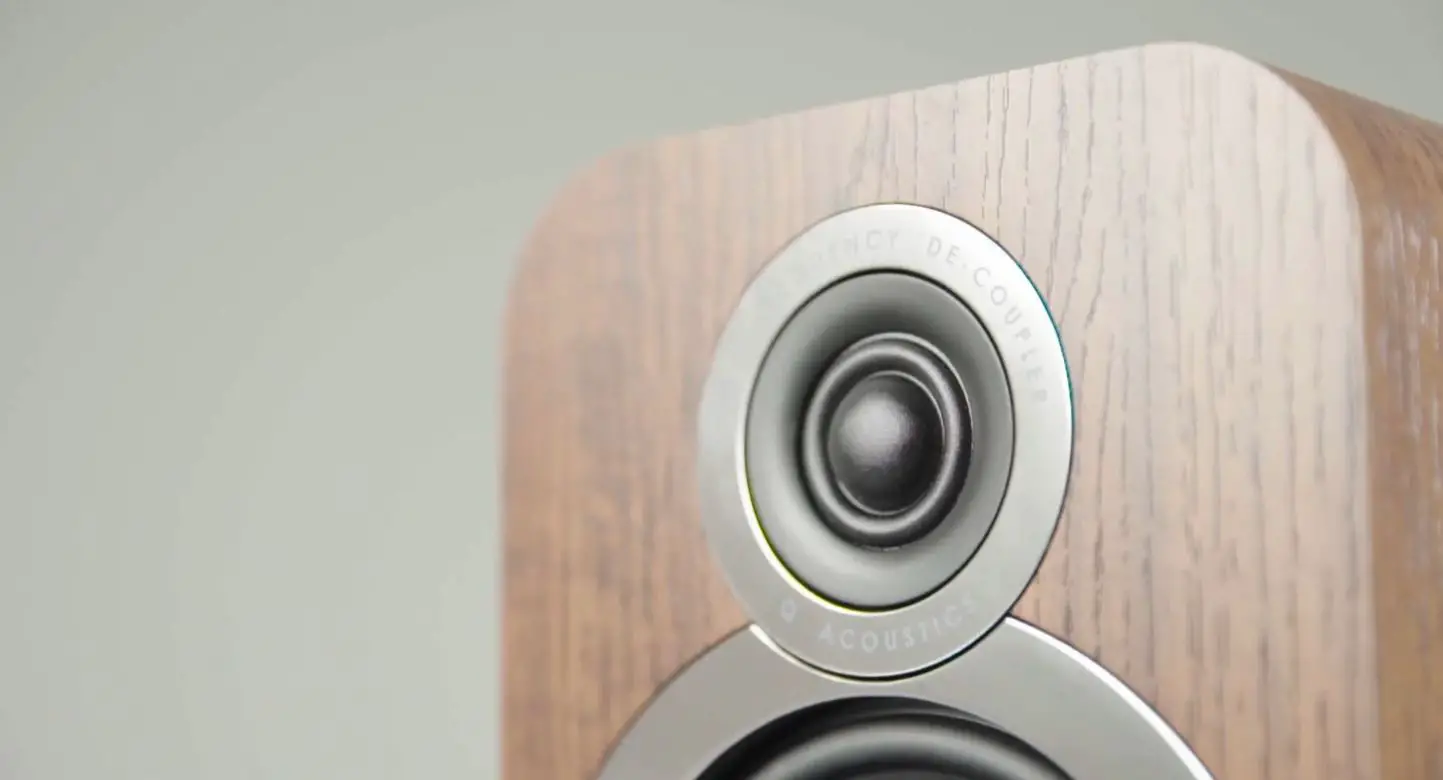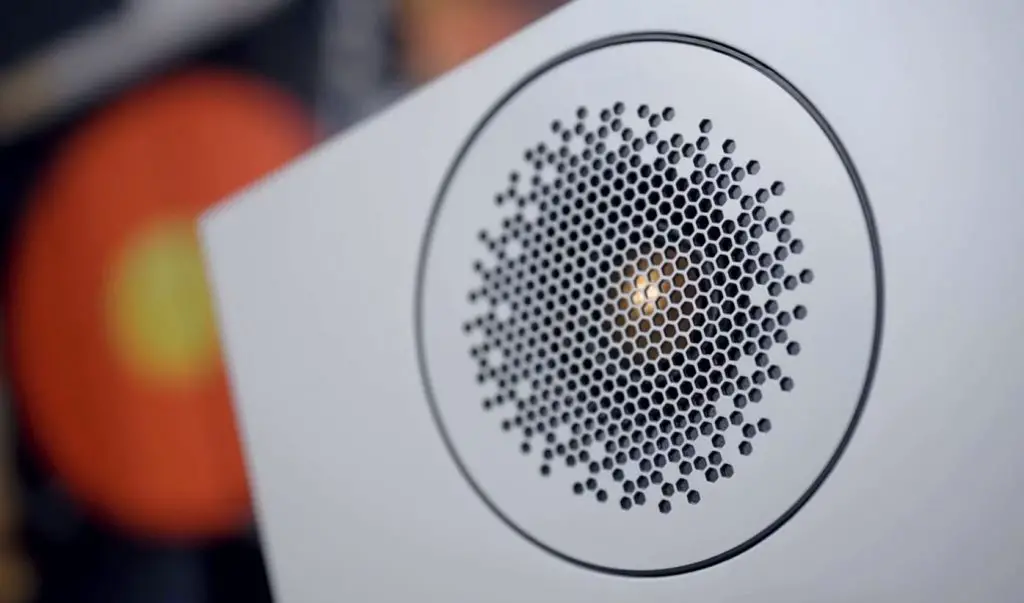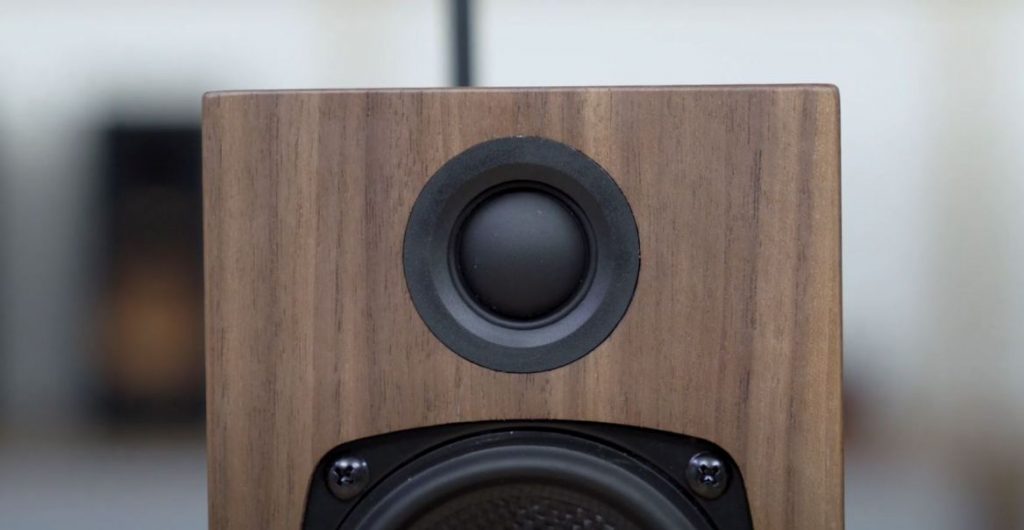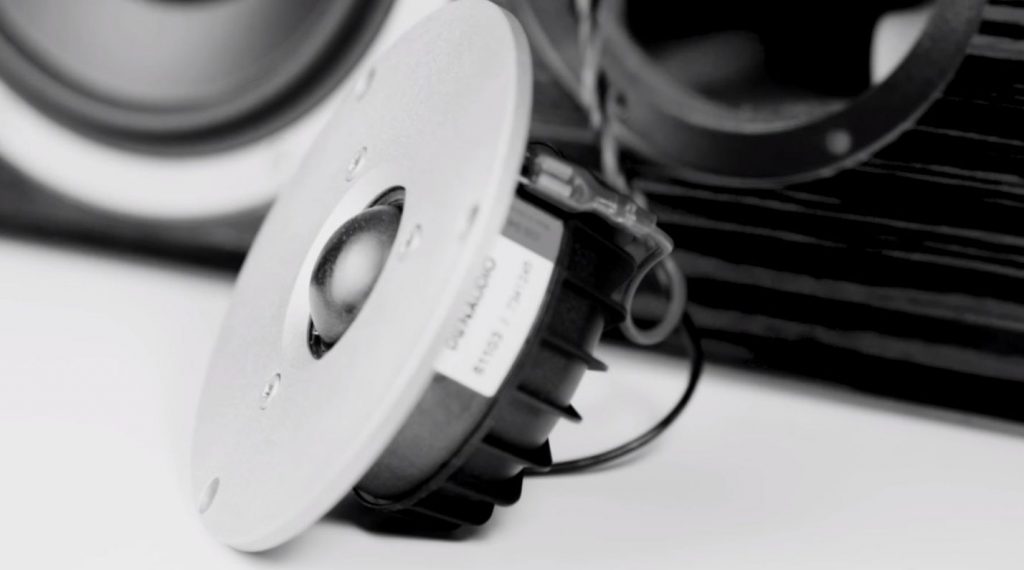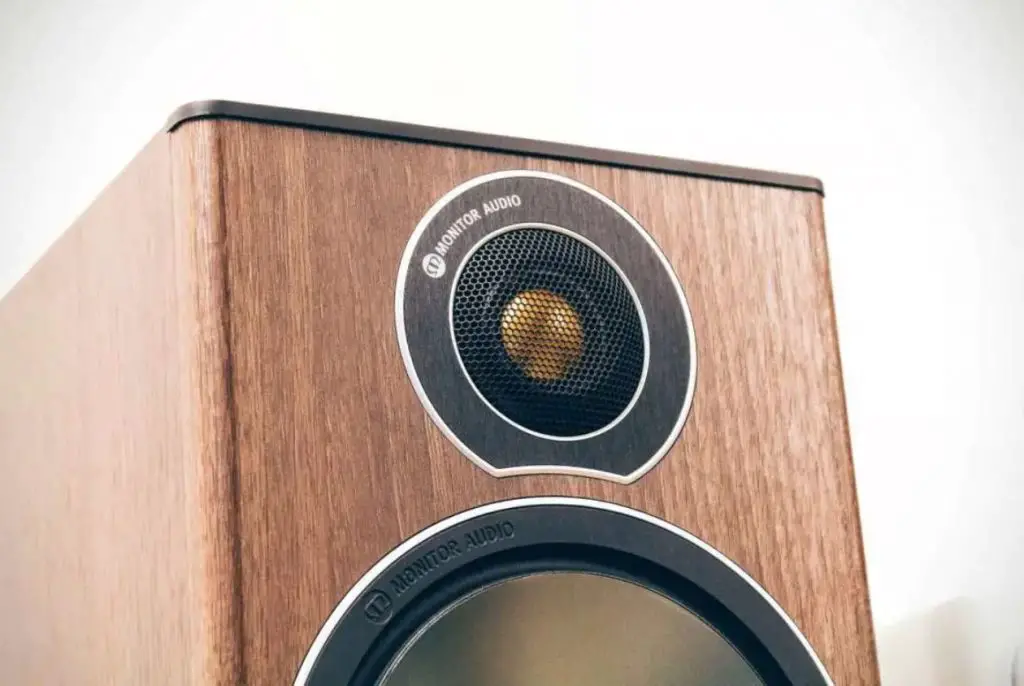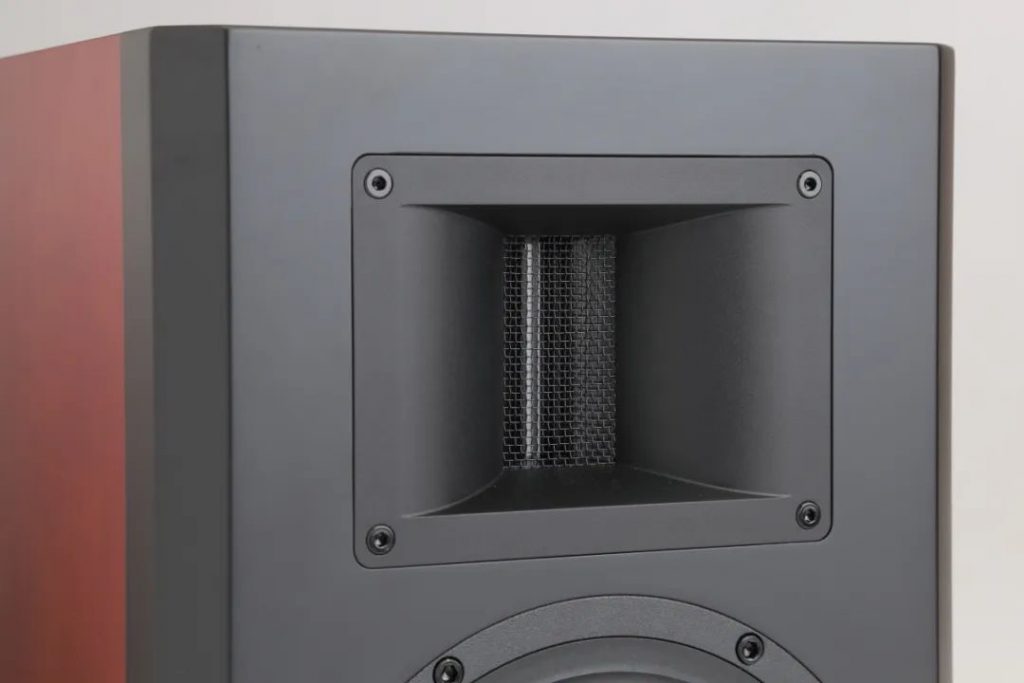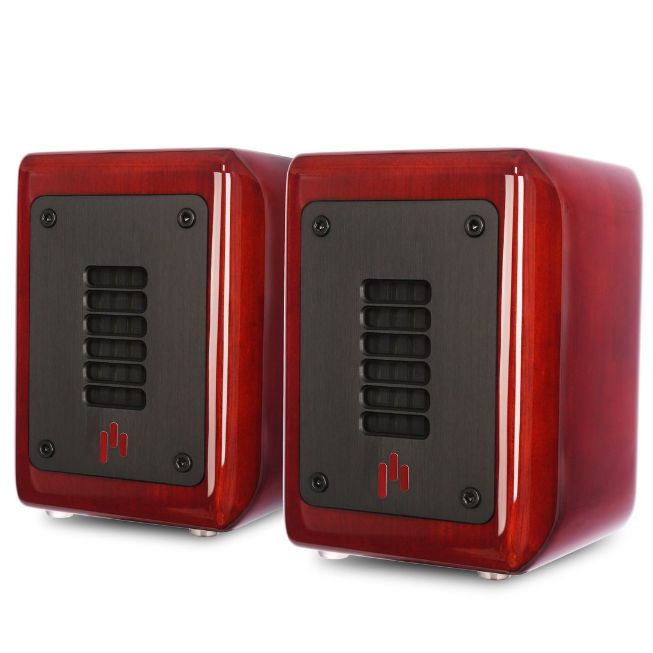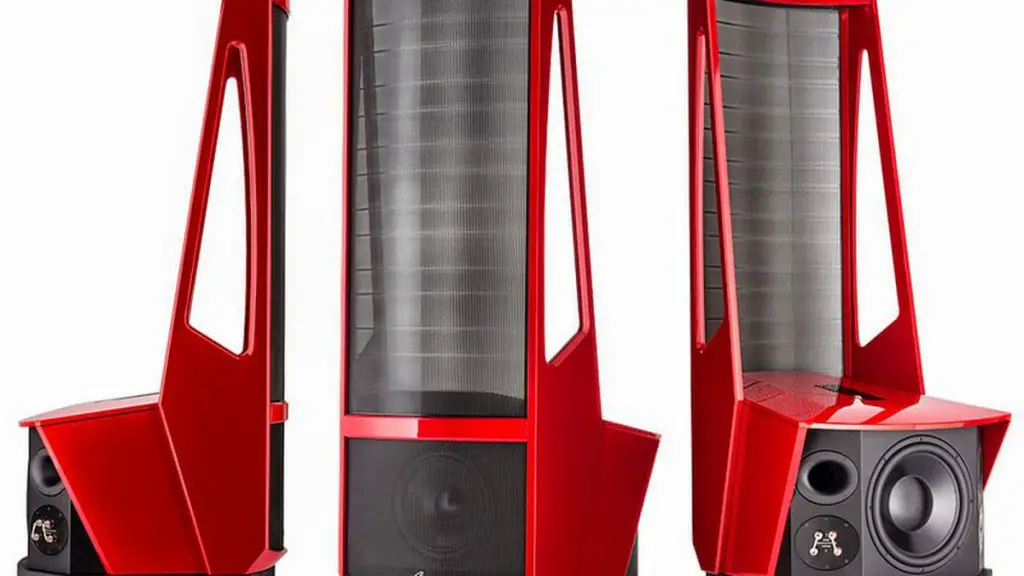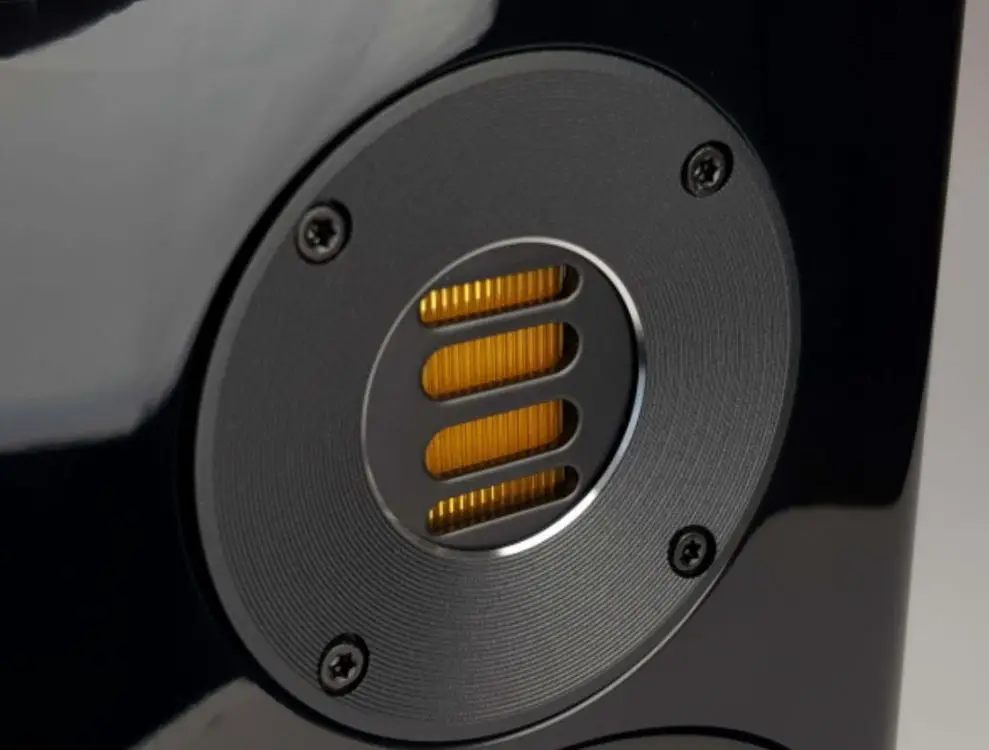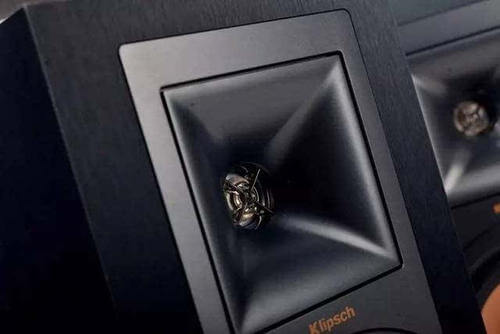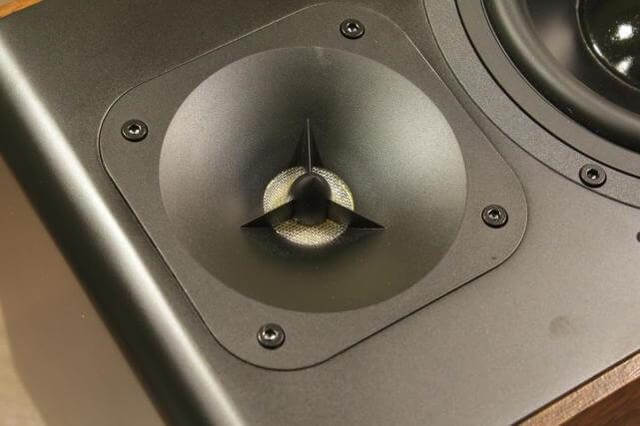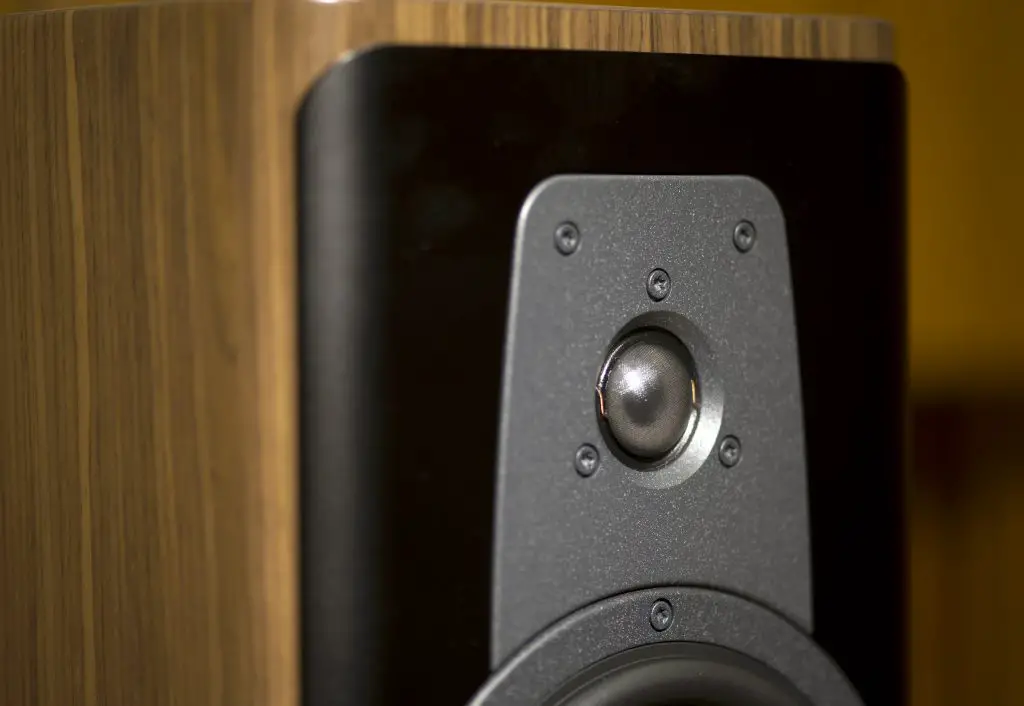The Definitive Guide to Tweeter: Choosing the Best Type of Tweeter
The tweeter is one of the essential parts of a speaker system. Without it, your speakers won’t sound as good as they could. A tweeter can be defined as a small speaker that handles high frequencies and helps create crisp and sharp sounds for you to enjoy during music playback. It’s important to know what tweeter types are available on the market so you can choose the best tweeter for your needs! Below is an overview of how tweeters work and some options for tweeters.
What is a Tweeter?
A tweeter is the smallest speaker in a set of speakers. It handles high frequencies and creates crisp sounds for you to enjoy during music playback. Main types of tweeters: There are three main tweeter types on the market today: dome, ribbon, and planar magnetic tweeter. Each type has its unique sound, so it’s important to know what tweeter types are available before choosing the best tweeter for your needs.
How to Choose the Right Tweeter?
A tweeter should be chosen based on your needs: whether you want one with a wide dispersion or more focused directionality. For example, choose a tweeter with clarity and response in the upper frequencies if you want one for vocals. On the other hand, if your tweeter will handle heavy bass notes, make sure it has good low-frequency extension.
Many types of tweeters are available on the market, including cone-type tweeters, dome tweeters, and ribbon tweeters. Each offers its unique advantages over other styles. For example, cone-type tweeters can be easily recognized by their shape, which looks like cones or domes.
At the same time, most speakers come equipped with them due to their inexpensive price tag, so they’re more popular than others. But they also have some drawbacks, such as limited high-frequency range because of size & design limitations; hence people tend not to choose these when buying expensive home theater speakers.
Dome tweeter is coated with a silk dome, which provides mellow and smooth sound quality. Still, they are not durable compared to the metal tweeter, so people looking for durability should choose metal tweeters instead of silk ones.
At the same time, the best thing about them is their wide dispersion, giving you more flexibility in choosing where to mount tweeters within your car or home theater speaker systems without sacrificing the stereo imaging effect. Since these tweeters produce less harsh high-frequency notes and are more expensive than other types, most people prefer using them only when necessary.
Ribbon tweeter has no domes or cones, thus reproducing a better range of frequencies from top to bottom due to its lightweight & thin size plus, it can handle higher power levels, making tweeter more expensive than cone & dome tweeters.
To choose a tweeter, you need to know what kind of music you’ll be playing most often, as well as where exactly they are going to be placed in your car or home theater system. So that you can pick out speakers with tweeters best suited for those purposes would ensure better sound quality and save your money from excessive spending on new components down the road, hence using them longer without having breakdowns.
Using a silk tweeter with a limited budget is recommended since metal ones tend to cost much more. At the same time, some manufacturers provide different types of tweeters within their speaker systems, such as tweeter & midrange combo or tweeter only so that you can choose the one best suited for your needs.
It’s not recommended to buy speakers with tweeter types other than the cone, dome, and ribbon tweeters since they are less durable. That would require more costly maintenance over their lifespan, resulting in spending much money on parts replacement too often.
However, some manufacturers offer “mixed-bag” speaker systems where components come from good brands and lower quality ones, thus resulting in poor sound quality due to mismatched frequencies between different tweeters at high volume levels. Still, it is very unlikely that you will find yourself buying this type of system unless being a tweaker who loves to customize things.
Tweeter Types and Their Sound Signatures
1. Cone Tweeter
A cone tweeter’s primary function is to produce a comprehensive, linear frequency response in the entire audible range. It does this by using both pistonic and non-pistonic motion for sound production, which allows it to cover most of the audio spectrum but not all (it produces low frequencies better than high).
Cone tweeters are often small and lightweight, making them easy to use in speaker designs. They are often used for home theater or stereo systems where tweeter size isn’t a big deal, and the tweeter is still performing well acoustically.
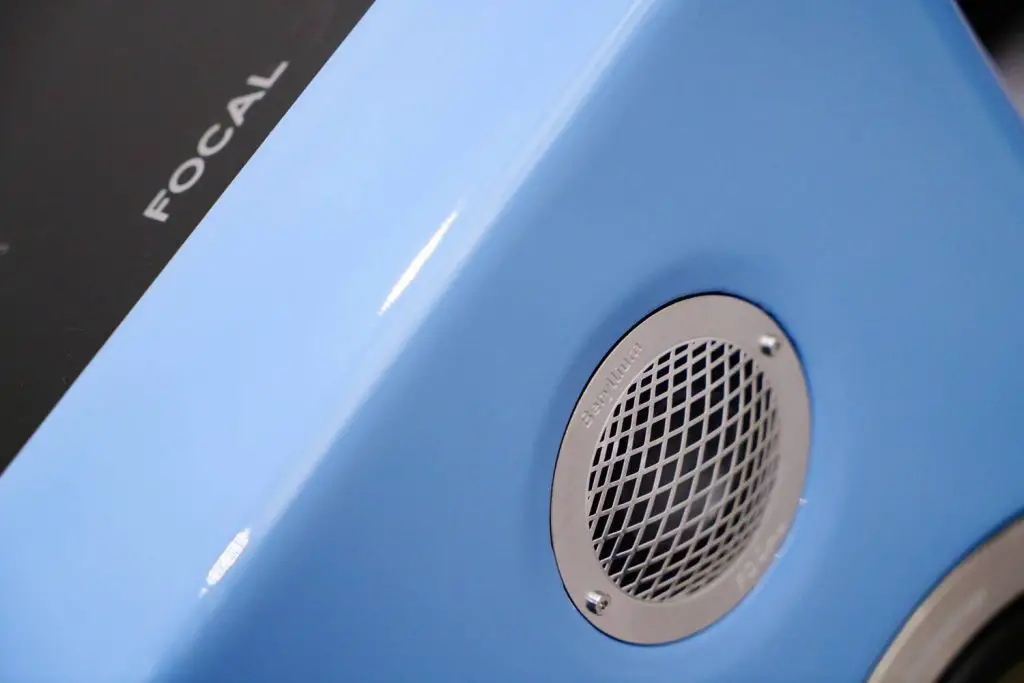
Cone tweeter is suitable for high frequencies like cymbals or strings. It also has an extended low-frequency response, providing more fullness to the sound. There are different cones – woven glass fiber (WGF), aluminum alloy, and titanium alloys, each of which has its sound characteristics.
The WGF tweeter is suitable for detailed sound with extended highs. It’s excellent at reproducing cymbals and strings, but it doesn’t do well with low frequencies.
The aluminum alloy tweeter has a forward sound which makes the music more aggressive, so it works best in rock or pop mixes where vocals are also clear and upfront. On the other hand, the titanium tweeter is more neutral, so it’s suitable for mixing. It also works well with low frequencies and is excellent at reproducing vocals or other midrange instruments.
2.Dome Tweeter
A dome tweeter’s primary function is to produce a comprehensive, linear frequency response in the entire audible range. It does this by using pistonic motion for sound production, which allows it to cover most of the audio spectrum but not all (it produces low frequencies better than high).
Dome tweeters are often more fragile and expensive than other tweeter types because the dome needs to be lightweight and precise. As a result, they are often used in high-end speakers where tweeter size isn’t a big deal, and tweeter performance is most important aesthetically while still performing well acoustically.
Dome tweeter is more versatile than the cone tweeter because it handles high- and low frequencies well. It’s also clearer in its sound, which makes it ideal for mixing purposes. However, the Dome tweeter doesn’t have a large sweet spot like the Cone tweeter, so you need to be careful when positioning it.
It’s best to set the tweeter close to your ears for mixing purposes, but you can use it further away if you don’t mind losing some of its clarity.
3. Piezo Tweeter
A piezo tweeter’s primary function is to produce a wide, linear frequency response in the entire audible range. It does this by using both pistonic and non-pistonic motion for sound production, which allows it to cover most of the audio spectrum but not all (it produces low frequencies better than high).
Piezo tweeters are often small, lightweight, and easy to integrate into speaker designs. As a result, they are often used in a home theater or stereo systems where tweeter size isn’t a big deal. However, tweeter performance is most important aesthetically while still performing well acoustically.

Piezo tweeter is a dynamic driver that has a built-in amplifier. In addition, it’s the only tweeter out of these three to have an extended low end, which makes it perfect for bass instruments like kick drums and bass guitars.
The Piezo tweeter also works well in high frequencies, so you can use it to recreate cymbals and other high-end instruments. In addition, the tweeter is popular with live sound engineers because it can handle a lot of power without distortion.
4. Ribbon Tweeter
A ribbon tweeter’s primary function is to produce high frequencies that are clear, crisp, and have a lot of detail. It does this by using pistonic motion for sound production, which allows it to cover most of the audio spectrum but not all (it produces low frequencies better than high).
Ribbon tweeters are often very fragile because they can break easily if the tweeter is not handled correctly. As a result, they are often used in high-end speakers where tweeter size isn’t a big deal, and tweeter performance is most important aesthetically while still performing well acoustically.
The ribbon tweeter is known for its natural sound. It’s transparent, which means you can hear what other instruments are playing in a mix. That also makes it suitable for mastering purposes because you’ll be able to easily pick out any problems with your mixes and fix them before releasing the song or album.
5. Planar-magnetic Tweeter
A planar-magnetic tweeter’s primary function is to produce high frequencies that are clear, crisp, and have a lot of detail. It does this by using both pistonic motions for sound production, which allows it to cover most of the audio spectrum but not all (it produces low frequencies better than high).
Planar magnetic tweeters are often smaller, more precise, and lighter weight than dome tweeters. They are often used in high-end speakers where tweeter size isn’t a big deal, but tweeter performance is most important aesthetically while still performing well acoustically.
The planar tweeter is similar to the Ribbon tweeter in that it’s transparent and has a natural sound. However, its design makes it more durable than the ribbon tweeter because there are no diaphragms or ultra-light voice coils like you find on other tweeters.
The downside of this tweeter is that it doesn’t have a large sweet spot like the tweeter. As a result, you’ll need to position this tweeter close to your ears for best results, but you can use it further away if you don’t mind sacrificing its transparency and clarity.
6. Electrostatic Tweeter
An electrostatic tweeter’s primary function is to produce high frequencies that are clear, crisp, and have a lot of detail. It does this by using both pistonic motions for sound production, which allows it to cover most of the audio spectrum but not all (it produces low frequencies better than high).
Electrostatic tweeters are often fragile because they can break easily if the tweeter is not appropriately handled. As a result, they are often used in high-end speakers where tweeter size isn’t a big deal, and tweeter performance is most important aesthetically while still performing well acoustically.
The electrostatic tweeter is similar to the Planar-magnetic tweeter in that it’s transparent and has a natural sound. However, its design makes it more durable than the planar tweeter because there are no diaphragms or ultra-light voice coils like you find on other tweeters.
The Electrostatic tweeter is also more versatile than the planar tweeter because it can reproduce high frequencies and midrange frequencies without any problems.
7. AMT Tweeter
An AMT tweeter’s primary function is to produce high frequencies that are clear, crisp, and have a lot of detail. It does this by using both pistonic motions for sound production, which allows it to cover most of the audio spectrum but not all (it produces low frequencies better than high). In addition, AMT tweeters are often small, lightweight, and easy to integrate into speaker designs.
They are often used in a home theater or stereo systems where tweeter size isn’t a big deal, but tweeter performance is most important aesthetically while still performing well acoustically.
This tweeter is similar to the ribbon tweeter in that it has an extended high end and a natural sound. However, its design makes it more durable than the ribbon tweeter because there are no diaphragms or ultra-light voice coils like you find on other tweeters. The downside of this tweeter is that it doesn’t handle low frequencies and different tweeter types.
8. Horn Tweeter
A horn tweeter’s primary function is to produce high frequencies that are clear, crisp, and have a lot of detail. It does this by using pistonic motion for sound production, which allows it to cover most of the audio spectrum but not all (it produces low frequencies better than high).
Horn tweeters are often used in a home theater or stereo systems where tweeter size isn’t a big deal. However, tweeter performance is most important aesthetically while still performing well acoustically.
Horn tweeters are often very fragile because they can break easily if the tweeter is not handled correctly.
This tweeter is similar to the dome tweeter in that it’s capable of reproducing both low and high frequencies. However, its design makes it more durable than the dome tweeter because there are no diaphragms or ultra-light voice coils like you find on other tweeters.
The main downside of this tweeter is that you need to control the tweeter’s dispersion angle. The tweeter has a wide sweet spot, so you don’t have to worry about positioning it close to your ears, but if you’re mixing for many people at once, then they probably won’t hear the same sound as you do because of how far away they are from the tweeter.
Are Tweeters Necessary?
Yes, tweeters are necessary for an audio system. Tweeters are the smallest speaker in an audio system, but they play some of the most critical frequencies. Tweeters are responsible for reproducing high-frequency sounds like string instruments and bells.
Sometimes tweeters are called speakers or tweeter drivers because that’s what they do: drive higher sound frequencies without distorting them by playing them at a lower volume. Tweeters can be found in home audio systems, car stereos, and other sound-producing equipment.
Tweeters come in many different sizes to maximize the volume of high-frequency sounds they produce without distorting them. Tweeters are typically small cones mounted inside a tweeter box or speaker enclosure with a magnet and voice coil attached at their center.
How does Tweeter Size Affect the Sound?
Tweeter size affects sound because tweeter size is related to how much power the tweeter can handle. As a result, tweeters with small sizes are more efficient for producing loud sounds, while tweeters of big sizes have more low-frequency responses, especially woofers.
Tweeters are also measured in terms of tweeter size, impedance, and sensitivity. Tweeters’ sizes can range from the smallest tweeter (usually less than one inch) to large woofers of up to 15 inches or more.
How does Tweeter Shape Affect the Sound?
Tweeter shape affects sound because tweeter shape is related to the tweeter’s frequency response. Tweeters with different shapes have different bandwidths and therefore produce sounds to varying frequencies of highs, mids, or lows.
Tweeters with different tweeter shapes include round tweeters, square tweeters, hexagonal tweeters, and others. Tweeter shape also affects sound dispersion which is the tweeter’s ability to be heard by everyone in a room evenly. For example, round-shaped tweeters are usually better than other tweeters because of their wide range of sweet spots. However, at the same time, some listeners may hear poorly on them due to possible interference among multiple reflections.
What are Some Factors that Affect Tweeters?
Some factors that affect tweeters include tweeter type (component vs. coaxial), tweeter size, and tweeter shape. Tweeters type affects sound because component tweeters produce more high frequencies than a coaxial tweeter, while tweeter shape is related to the tweeter’s frequency response. Also, tweeter size affects sound because it directly affects how much power the tweeters can handle, such as loudness and low-frequency response (woofer).
How to Test a Tweeter?
First, you need to check the tweeter’s power rating and impedance. A tweeter with a more excellent power rating will be louder than one with lower wattage, but it is essential to ensure that your amplifier can handle this increased load or risk damage. For example, if an amp cannot provide enough current for driving low-impedance loads (less than four ohms), then it could burn out if asked to go too high of an impedance load such as found in tweeters.
To test the tweeter’s sound quality, play sine waves from 20 Hz all way up into the upper end of the human hearing range at least once every five minutes; do not leave the tweeter unattended while testing because negative feedback may occur.
Tweeter for Car
If you are looking for a tweeter to use in your car, it is best to find one that can handle high power levels and has an impedance matching the speakers. Tweeters with lower impedance ratings may be dimmed or distorted if connected into low-impedance speaker systems.
A tweeter should also have voice coil heat protection since tweeters work at higher temperatures than woofers, which could cause damage over time otherwise. To test this feature, touch the tweeter housing while playing music; if it feels hot right away, make sure not to buy them because they will burn out quickly by drawing too much current from the amplifier when used with other speakers.
Conclusion
The tweeter is a loudspeaker that produces high-frequency sounds. It’s like the tweeter of an electric speaker, and it works by sending out sound waves in all directions. The tweeter converts electrical energy into acoustic energy using its coil to quickly move the cone back and forth (up to 20 kHz or higher). As such, tweeters are essential for reproducing high-pitched audio frequencies like vocals and cymbals accurately.
Tweeters are used in many audio applications, including home theater systems, car speakers, and live sound reinforcement systems. They provide high-frequency notes for your music or speech to make the sounds easier to hear & understand.
Hence their name comes from the “high-pitched” nature of these tweeters and being able to play at higher volumes without producing too much distortion since it is more sensitive than woofers. Still, there are some limitations on how loud you can play them before reaching the limits of its capabilities, so don’t try pushing tweeter beyond its best abilities because tweeter would begin distorting if played louder than what it was designed for.
